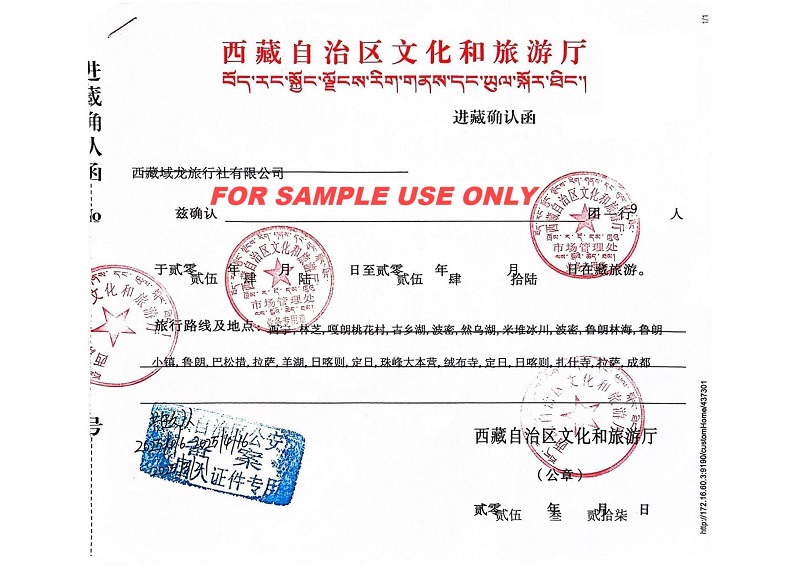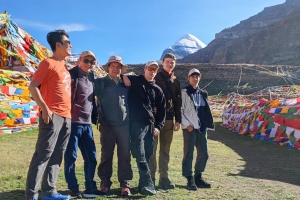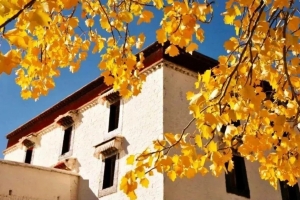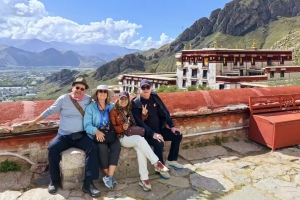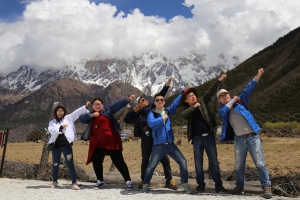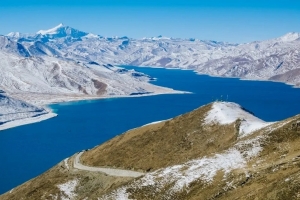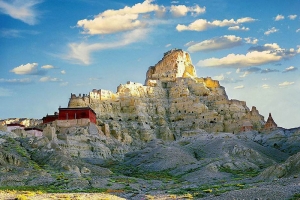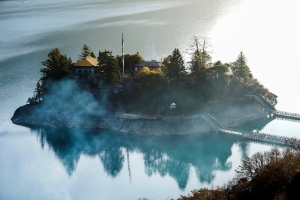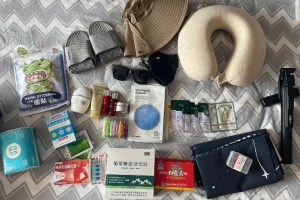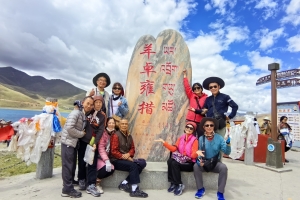Tibet, known as the “Roof of the World,” is a destination unlike any other — a realm where heaven seems just a little closer to earth. For Thai travelers seeking not only breathtaking landscapes but also spiritual serenity, Tibet offers a deeply transformative experience. From the majestic Himalayas to the golden roofs of ancient monasteries, this mysterious plateau invites you into a world shaped by devotion, resilience, and silence.
Whether you’re a cultural seeker, an adventurer, or a pilgrim at heart, this guide is crafted to help you prepare for your Tibetan journey with clarity and confidence.
The Land Above the Clouds: Geography and Climate
Set atop the vast Tibetan Plateau, Tibet is the highest region on Earth, with elevations soaring beyond 4,000 metres. This lofty terrain brings with it a unique climate — thin air, brilliant sunshine, and dramatic temperature shifts between day and night.
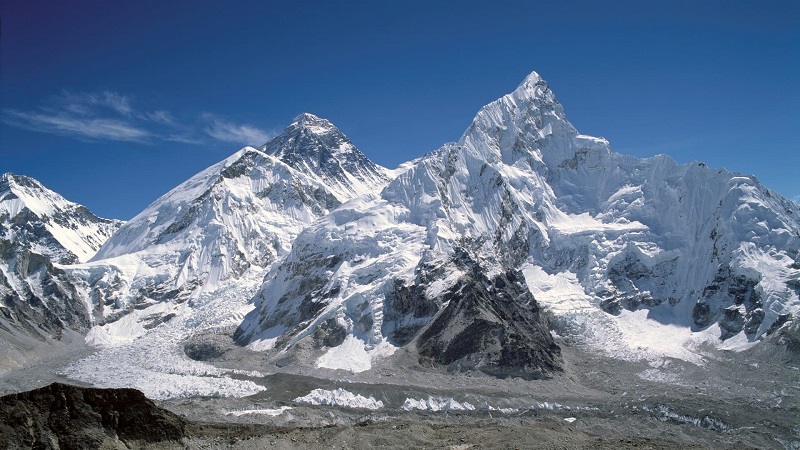
Mount Everest
For Thai travelers unfamiliar with high altitudes, the best visiting period is May to October, when the weather is most accommodating. Still, layering is key: expect warm days under the sun and chilly nights, even in midsummer. Sunglasses, sunscreen, and lip balm are essentials here — the sun is both dazzling and unforgiving.
Entering the Sacred Land: Visas, Permits, and Travel Routes
While Tibet is part of China, access is tightly regulated. Thai citizens must secure a Chinese tourist visa first, followed by a Tibet Travel Permit, issued only through licensed Chinese travel agencies.
Solo, independent travel is not permitted — all foreign visitors must be part of an organized tour (private or group). Fortunately, many Thai tour operators can coordinate complete packages, including flights, permits, and guides, making the process far less daunting.
Getting There from Thailand
Most Thai travelers reach Tibet via one of two routes:
-
By Air via Mainland China: The most efficient route is to fly from Bangkok to Chengdu or Xi’an, and then connect to Lhasa via a domestic flight. Chengdu is particularly popular for its flight frequency and proximity.
-
By Train via the Qinghai–Tibet Railway: For a more scenic and gradual journey into the highlands, consider boarding the legendary train from Xining or Chengdu. While the ride can take up to 40 hours, it allows your body to acclimatize and rewards you with stunning vistas.
Places You Must Not Miss
Lhasa: The Beating Heart of Tibetan Culture
The capital of Tibet, Lhasa is both the spiritual and administrative centre of the region. Here, tradition and modernity intertwine beneath cobalt-blue skies.
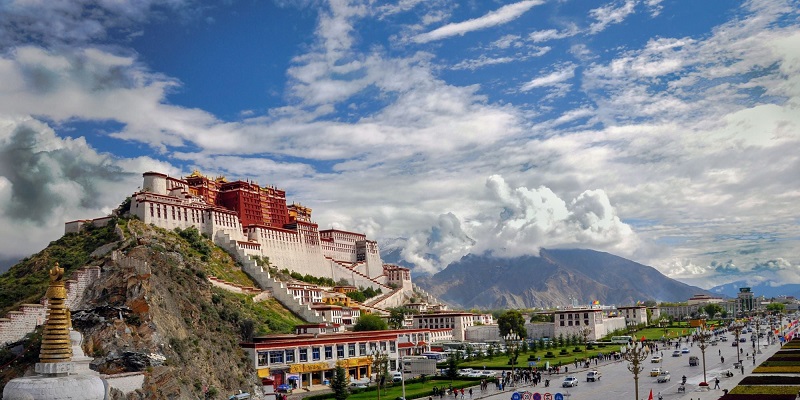
Potala Palace
-
Potala Palace: Once the winter residence of the Dalai Lama, this iconic structure is a masterpiece of Tibetan architecture and spirituality.
-
Jokhang Temple: The most sacred temple in Tibet, it draws pilgrims from every corner of the plateau. Join them in a clockwise walk along Barkhor Street, a moving testament to living faith.
-
Barkhor Street: Beyond its religious significance, it’s also a vibrant market where you can shop for prayer beads, thangka paintings, and incense.
Namtso Lake: Where Sky Meets Spirit
Located several hours from Lhasa, Namtso is among the world’s highest saltwater lakes. Its turquoise waters reflect the snow-draped peaks and sky in a surreal mirror, creating a scene that’s both peaceful and haunting.
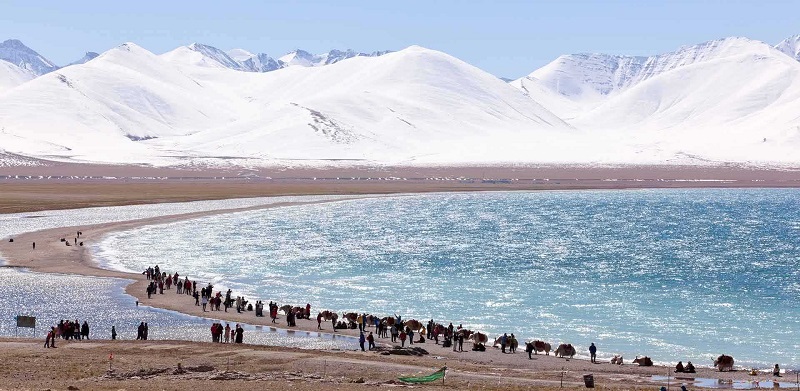
Namtso Lake
Yamdrok Lake: A Serpent of Sapphire
Known for its snaking shape and dazzling colours, Yamdrok Lake is both a visual and spiritual highlight. It’s often included in overland trips to Shigatse or Everest Base Camp.
Mount Everest (North Base Camp): A Giant Revealed
The Tibetan side of Mount Everest offers a more accessible and often clearer view of the peak compared to its Nepali counterpart. Thai visitors can drive most of the way to base camp, experiencing the sheer presence of this legendary mountain without trekking.
Shigatse: History in the High Valleys
Tibet’s second-largest city offers both cultural depth and mountain serenity. Tashilhunpo Monastery, the seat of the Panchen Lama, is a must-visit — a place of chanting monks and ancient wisdom.
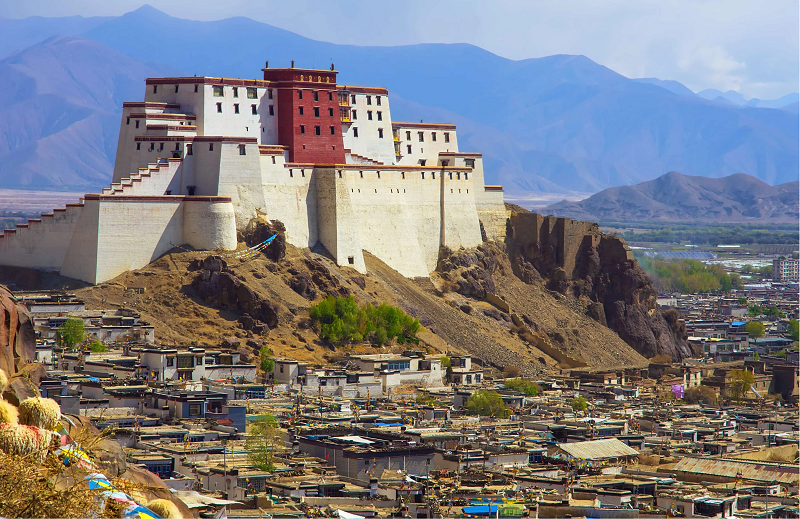
Shigatse Dzong
Culture and Respect: Walking with Grace
Tibet is not merely a place; it is a way of life rooted in Tibetan Buddhism. Everywhere you go, you’ll see prayer flags fluttering, incense burning, and pilgrims spinning prayer wheels in silent devotion.
When visiting temples or sacred sites:
-
Walk clockwise around monuments and temples
-
Remove your hat and sunglasses before entering temples
-
Refrain from touching sacred statues or objects
-
Avoid political discussions — respect local sensitivities
What to Eat in the Thin Air
Tibetan cuisine is humble and nourishing — built to sustain life at high altitudes. Some dishes may challenge Thai taste buds, but others will charm with their simplicity.
-
Momo: Steamed dumplings filled with yak meat or vegetables
-
Thukpa: A noodle soup that warms the soul
-
Tsampa: Roasted barley flour mixed with butter tea — staple fuel for locals
-
Butter Tea: A salty, buttery brew that’s an acquired taste, but very helpful in cold, dry air
Many Thai tourists bring instant noodles, dried fruits, or snacks for comfort, especially when travelling to remote areas.
Health and Altitude Awareness
Altitude sickness is the most common concern for travelers to Tibet. Symptoms may include headaches, nausea, dizziness, and fatigue.
To prevent or manage this:
-
Rest well upon arrival — avoid strenuous activity for 24–48 hours
-
Drink plenty of water and avoid alcohol
-
Eat light meals and stay warm
-
Consider bringing altitude medication like Diamox — consult your doctor beforehand
-
Inform your guide immediately if symptoms become severe
Having travel insurance that covers high-altitude illness and emergency evacuation is highly recommended.
Practical Tips for Thai Visitors
-
Cash is essential in rural areas. ATMs are rare outside major towns.
-
Internet restrictions apply. Google, Facebook, Line, and Instagram are blocked. Use WeChat for communication.
-
Language barriers can be an issue. Your Tibetan guide will assist, but basic Mandarin can help.
-
Dress in layers — mornings and evenings are cold, even in summer.
-
Motion sickness pills may be helpful on winding roads.
A Journey Beyond Altitude: Farewell Reflections
Tibet isn’t just a place to visit — it’s a place that changes you. Its grandeur, silence, and spirit carve deep impressions into the hearts of those who tread its trails. For Thai travelers looking to go beyond beaches and city lights, Tibet offers the sublime: mountains that touch the sky, traditions that whisper of ancient times, and a stillness that invites introspection.
Come with an open heart, leave with a soul uplifted.

